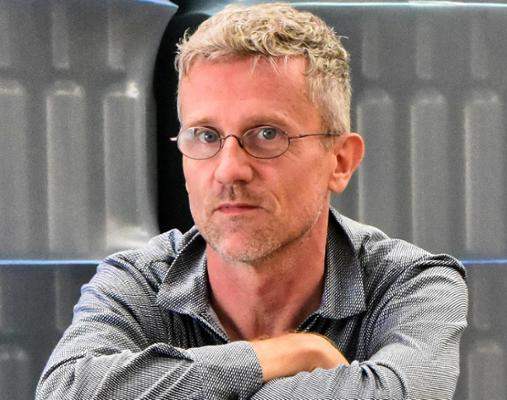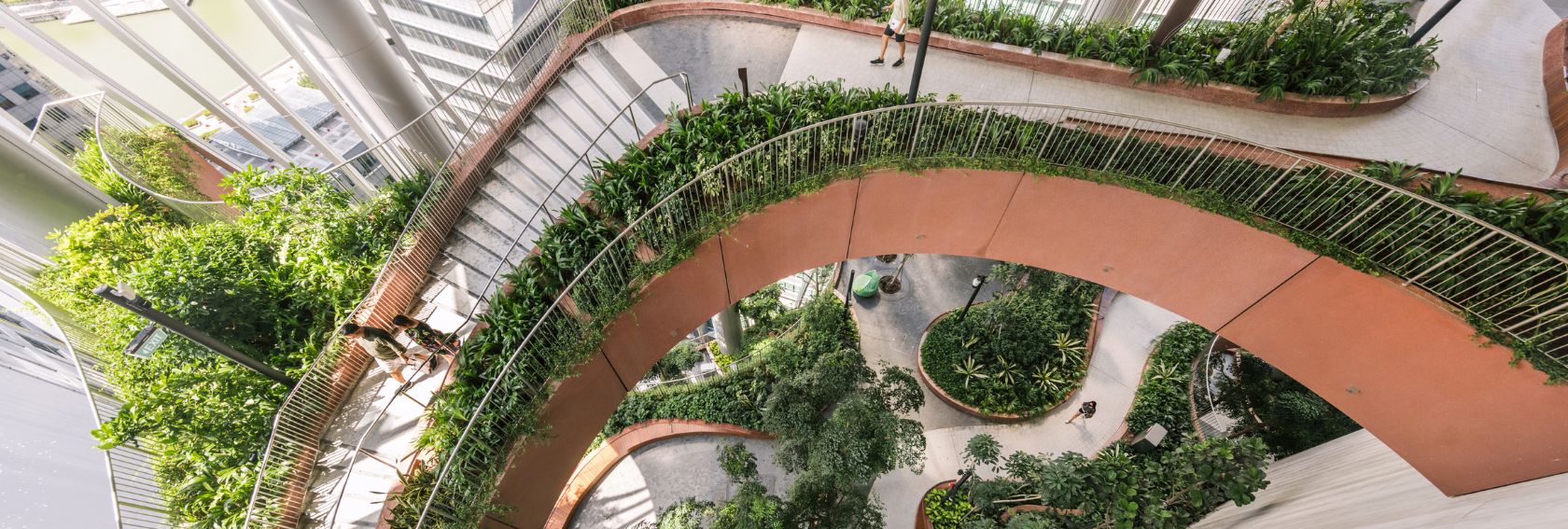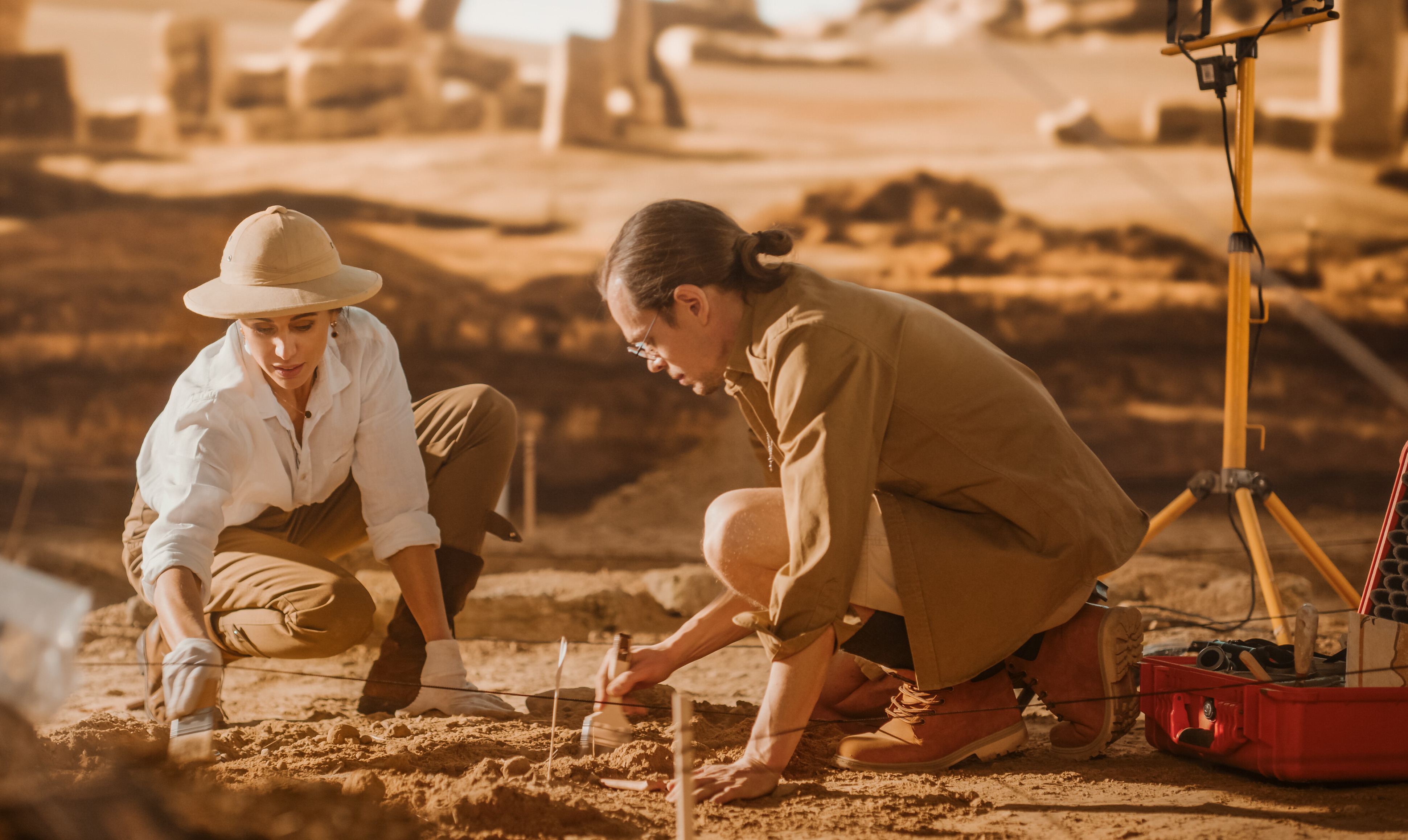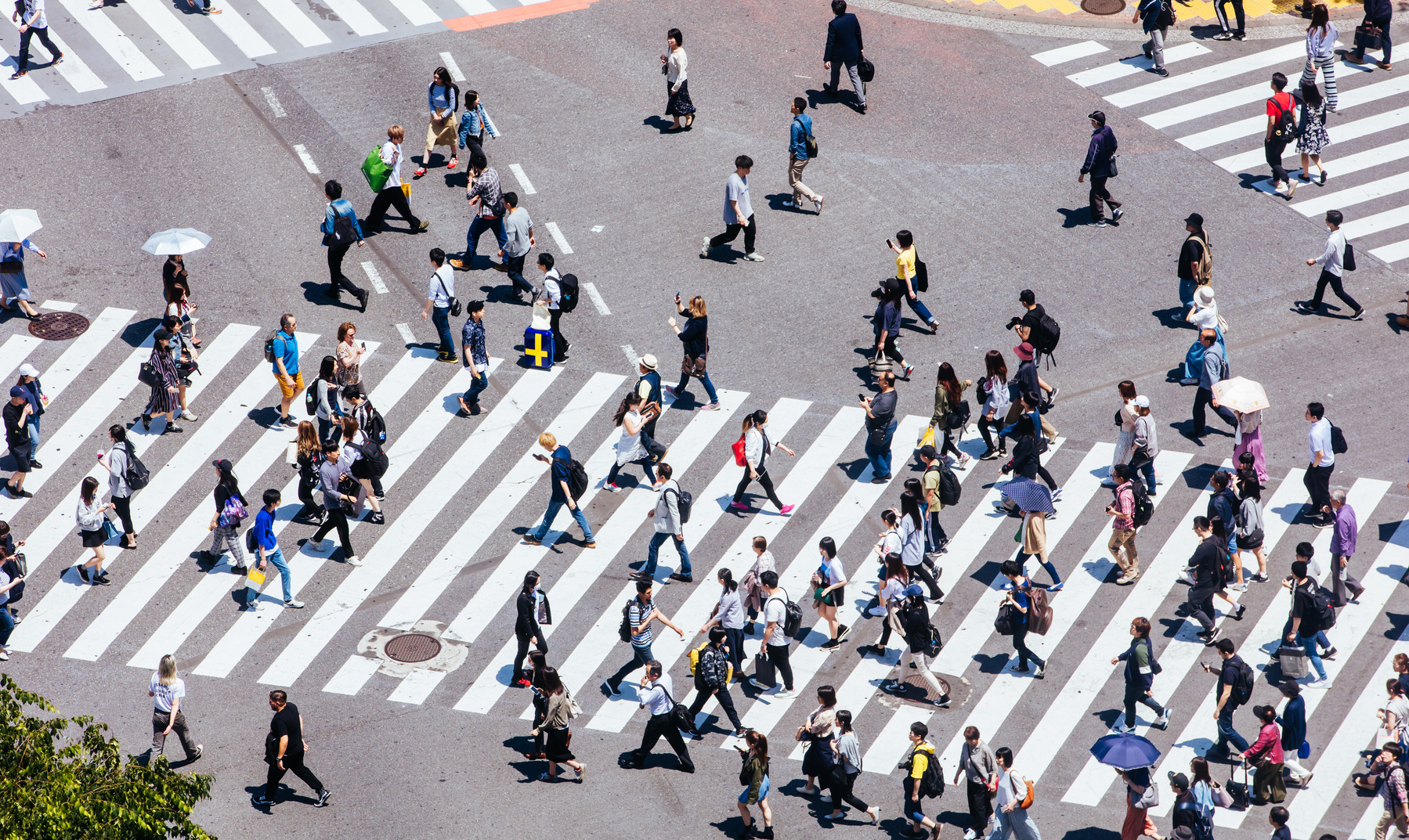 Carlo Ratti, Architect and professor at MIT
Carlo Ratti, Architect and professor at MIT

Carlo Ratti talks about sustainable architecture at #BG4SDGs
Sustainable cities and urbanization, Carlo Ratti brought his testimony in the new round of #BG4SDGs.
Making cities and human settlements inclusive, safe, durable and sustainable: this is the goal of SDG number 11 of the UN 2030 Agenda. Currently of the world's 8 billion people, a record reached last Nov. 15, only 3.5 billion live in cities. According to the latest estimate made by the UN, the world's population is still set to grow so much so that as many as 9 billion are expected by 2037. What can we do to ensure sustainable development for all within cities?
In the new episode of the #BG4SDGs format, we sought to investigate the state of the art for achieving the goals set by the United Nations for this goal. As the spokesperson for the 13th installment of the invert cycle organized by Banca Generali on sustainability, we met - live from Chicago - Carlo Ratti, Architect, Mit professor and director at the Mit Senseable City Lab in Boston, founder CRA.
According to Ratti, the indispensable elements from which to promote the sustainable development of cities are two: data and circular economy.
"One of the most interesting means of achieving this goal is the world of data. Data in fact allows us to better understand both dimensions of the urban phenomenon-that of the city and that of the community-both from a social and environmental point of view."
Technology is therefore being used in "sensitive" buildings to achieve sustainability and create greater communication between the systems of the natural and the artificial. The rift that has historically characterized these two worlds is now being mended thanks to data and technologies that enable dynamic information capture and response in real time. The sphere of sociality also fits into this scenario: in order to achieve all-round sustainable development, it is necessary to create public spaces for communities to share and meet.
"Our cities," says Ratti, "are back to being full of life, albeit with some differences from two years ago. Thanks to data, mobility is also changing: these make it possible to read the city as a living organism and thus rethink traditional models. In particular, we have witnessed the emergence of an increasingly on-demand mobility depending on the context, guaranteed also by the multiplicity of options that arise daily."
Watch the full interview with Carlo Ratti

 Carlo Ratti, Architect and professor at MIT
Carlo Ratti, Architect and professor at MIT
/original/BG4SDGS+Talks+%281%29.png)

